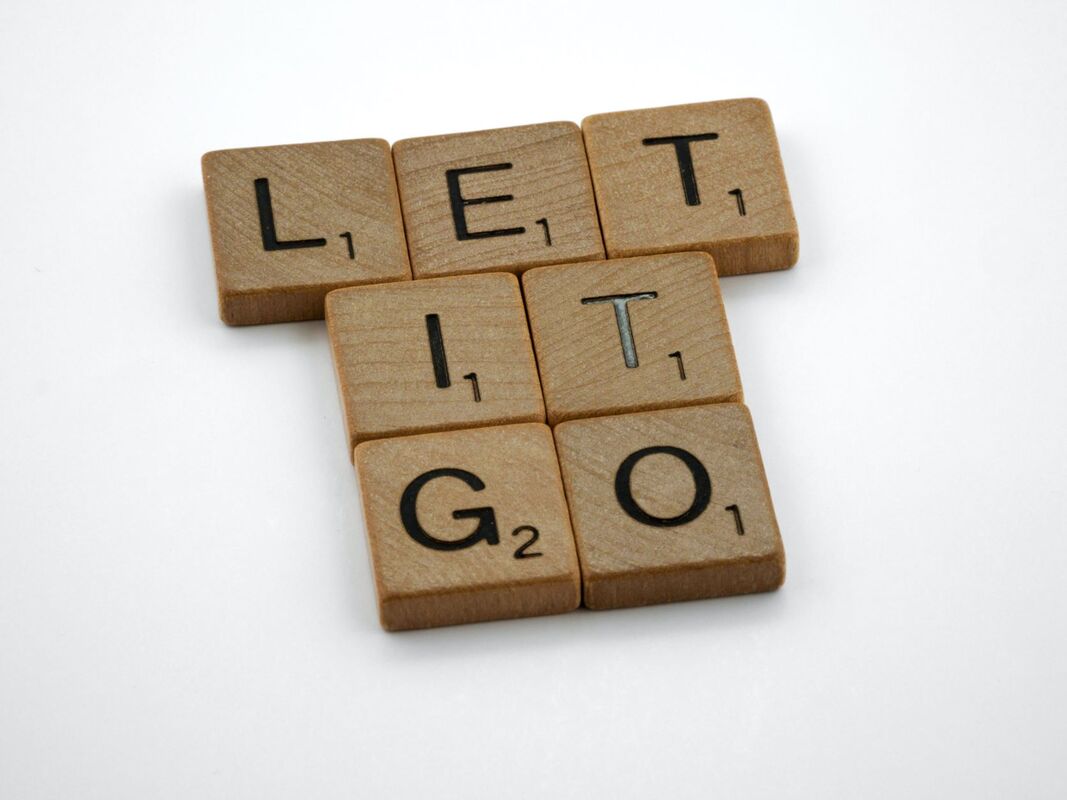|
One of the enduring questions asked is how to move on from the past, let go, and break free from the chains of the past. Especially for those who have endured suffering and pain, there will always be remnants of the hurt and sadness coming from those experiences. Author W. Veronica Lisare in her book, The Other Side of Fear, My Journey Into Perfect Love, shares her story of going through an unhappy childhood and marriage, the loss of a granddaughter, battling cancer, and how she managed to overcome all odds and break the chains of the past that holds her to suffering by discovering the ultimate love of God.
The chains that hold us What are these chains that bind people to their past? The feelings of pain and anguish are among the top binders that hold a person to their traumatic yesteryears. These feelings may result from a physical or mental affliction, but these experiences and emotions are often the hardest to recover from. A bodily injury may do more than produce a purple, swollen bruise on the body. The damage goes deep to the very core, especially if an imposition accompanies it upon the person's integrity. Guilt and regret also shackle a person to their yesterday. Guilt is that feeling of sadness or remorse over an action that seems to violate a principle or moral conduct. It is that shamed feeling that something was done that should not have been done in the first place or an omission of an act that should have been done. Bad habits are also considered chains that tie people from being free and living an overall healthy life. These bad habits are so addicting that the damage to a person can be so all-encompassing, affecting the person's physical, mental, and emotional health. How to break the chains It's easier said than done, but it takes a lot of willpower, effort, and energy to break away from that painful past. Ultimately, the individual's choice can help them take that step towards being free. To let go and move on, below are some valuable and practical tips that people can apply to their redemption journey. Physical distance Believe it or not, creating a barrier or a significant physical distance can help a person in their journey towards saving themselves from a hurtful situation and past. Often, physical distancing is the first step toward breaking free. A physical distance tends to create psychological distance. If a person is not seeing their aggressor or the one inflicting them pain personally or physically, it slowly helps them stop thinking about the person. The fact that they're not near enough to cause pain or remind the other of the pain and sadness is another reason why creating physical distance is essential in moving on. Be surrounded by positive people Those feelings of pain, anguish, guilt, or regret lead to mental health complications. To counter eventual mental issues, it's best to be surrounded by supportive and motivating people. Emotional inflictions are the ones that pull people down to the very bottom of suffering. Rock bottom, so as they say. To prevent that or stay afloat, people need people who can help them float, bring them up, lift them, and ensure that the right inspiring words and actions support their decision to move on. Proper self-care Never underestimate the power of self-care or self-love. When a person is hurting, it often feels like there's no clear line between hurt and healing, and all that a person can see is just the hurt. Self-care delineates the boundary between hurt and healing or recovery. It's putting a stop to the pain, saying no to feeling sad, and crossing that line towards doing things that make them comfortable or happy. Self-care is empowering. It empowers the person to choose to be happy, thereby letting go of anguish and pain-filled past. Self-care could come in the form of taking rest and relaxation, going on a vacation, or doing things that leave a person feeling calm, relaxed, peaceful, and happy. Seek help If all else fails, reach out and ask for help. After making an effort and trying to recover and break free from a traumatic past, yet to no avail, then it's time to seek help from other people. The help could come from family or friends who can give different perspectives and helpful advice or from a professional psychologist or psychiatrist, depending on the need. Professionals are trained in listening effectively and can provide expert tips and advice on how to recover from a traumatic past. Letting go and moving on from a past that a person has invested so much into is never an easy task. There are and will be many barriers and challenges to overcome. But all of these will definitely be worth it once the person finally arrives at a point where they can say, "I'm finally free!"
0 Comments
Leave a Reply. |

 RSS Feed
RSS Feed
